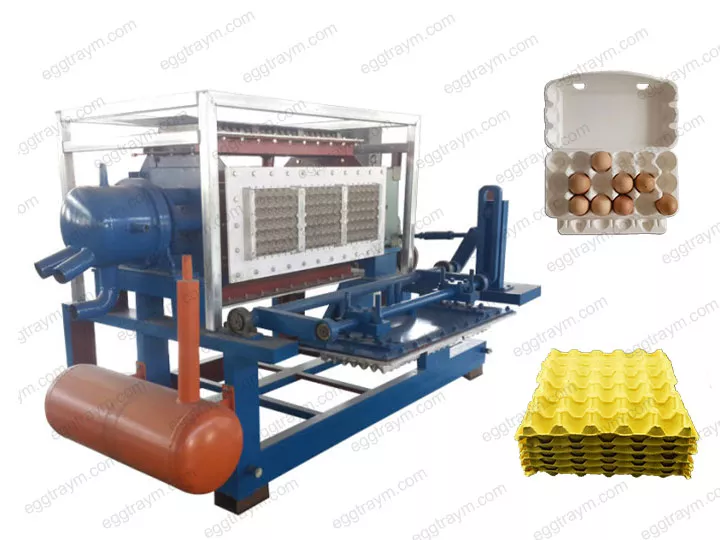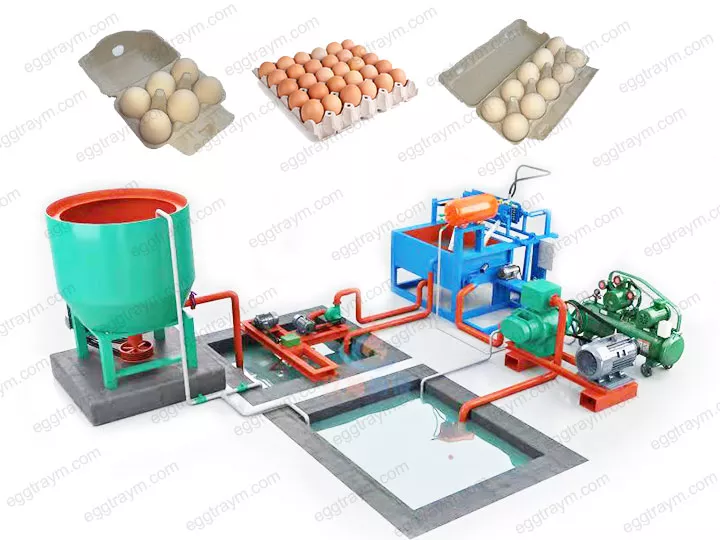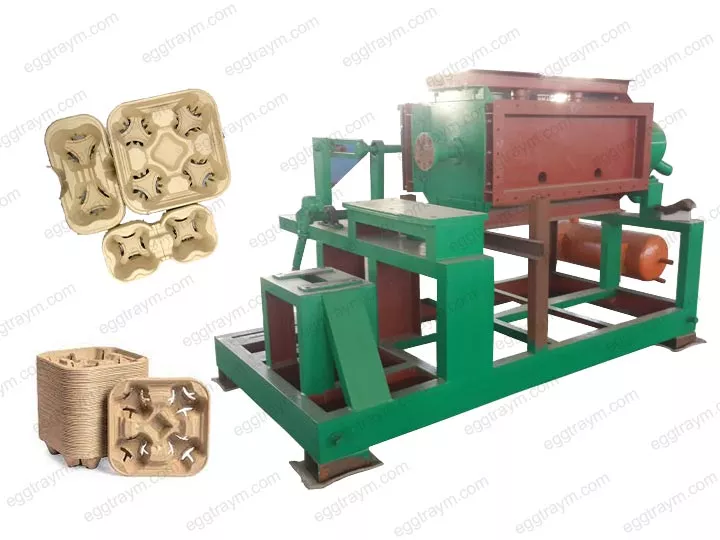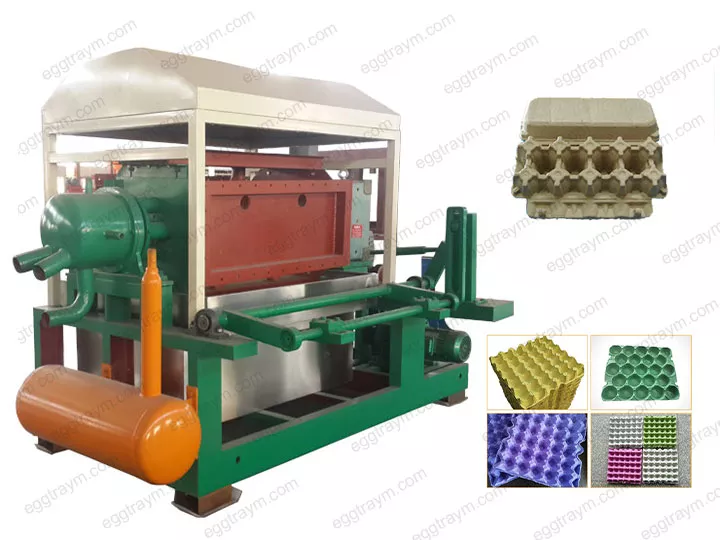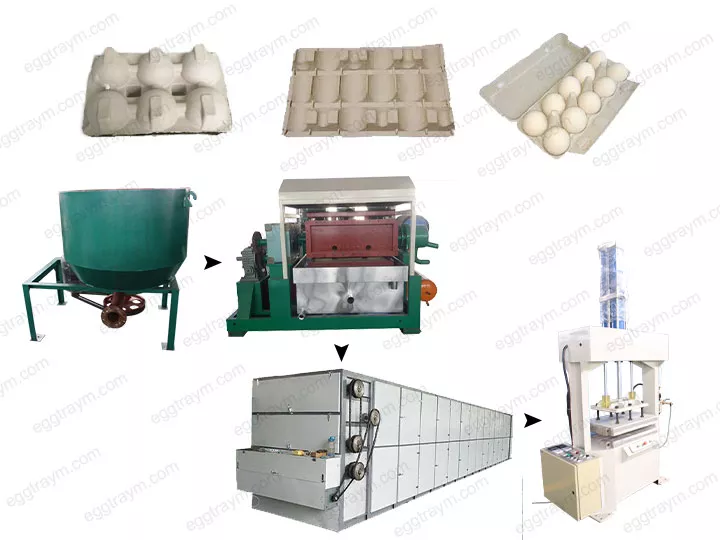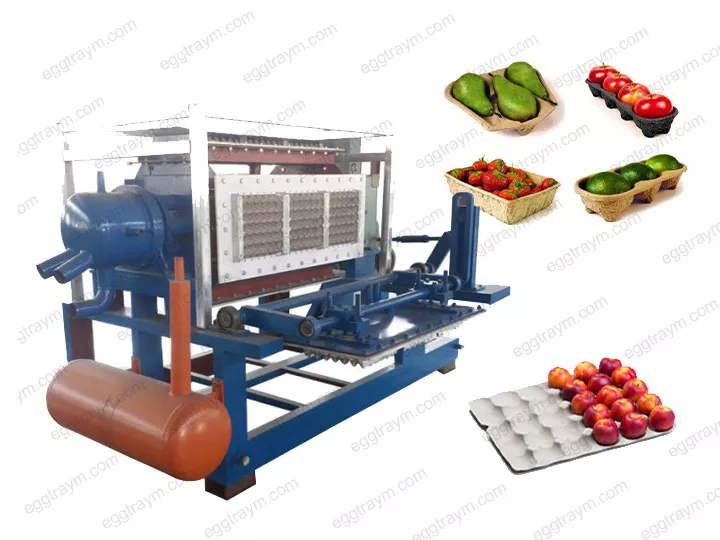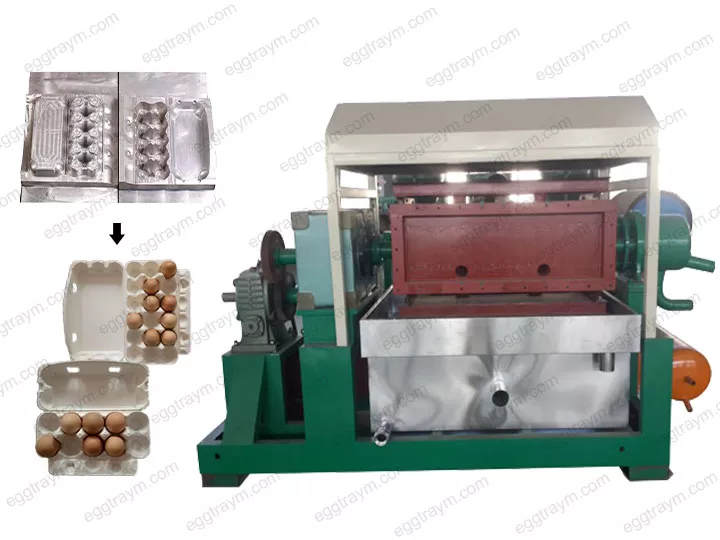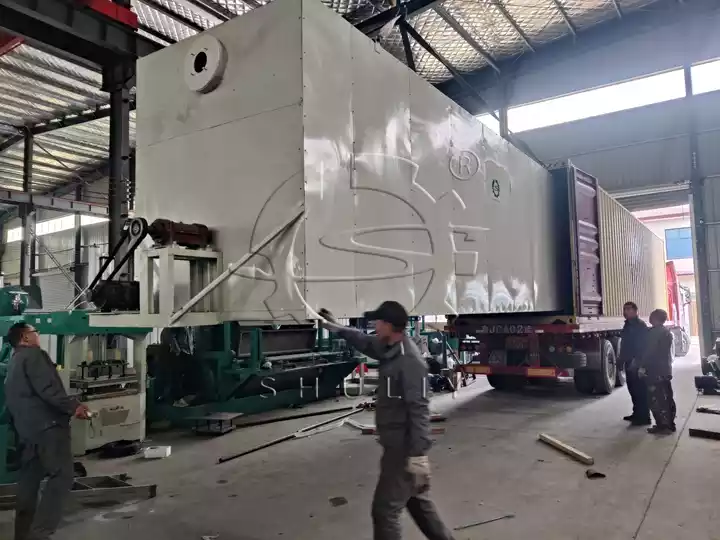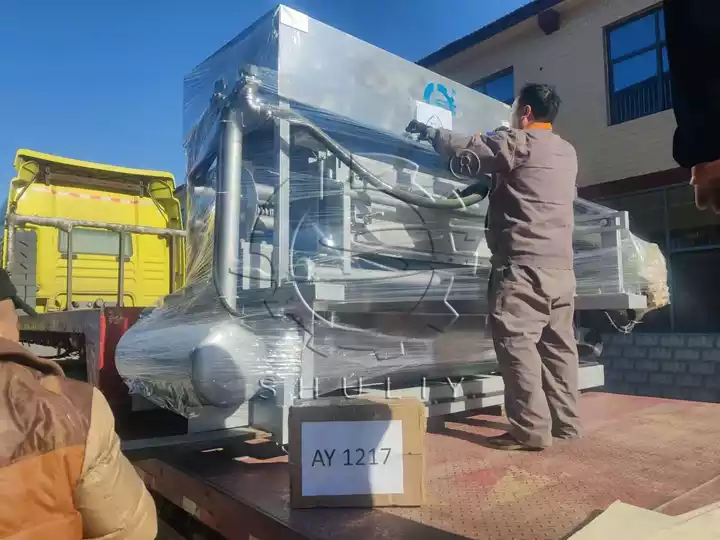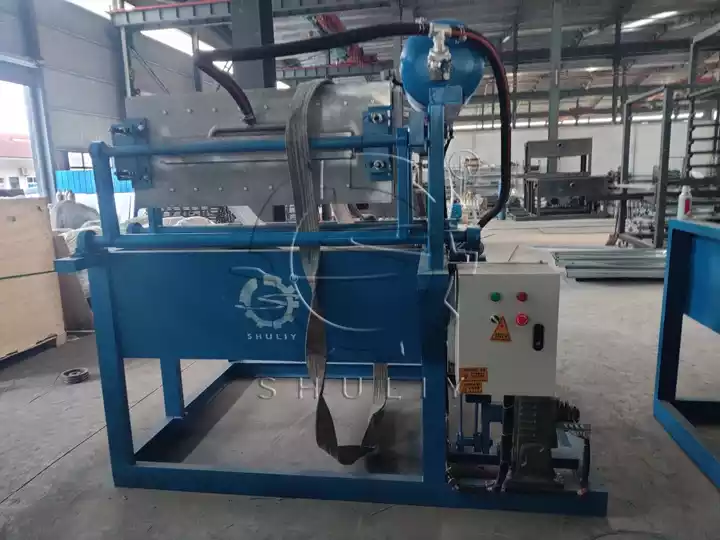How Much Does It Cost to Set Up An Egg Tray Production Line?
The egg tray production line primarily utilizes renewable materials, such as waste paper, cardboard boxes, and books/newspapers, as raw materials. It requires no expensive plastics or chemical additives, utilizing readily available and low-cost raw materials to significantly reduce production costs.
The entire production line offers flexible investment options, customizable from small manual lines to fully automated high-capacity lines to meet the production needs of enterprises of varying scales.
Low investment costs with high return potential
For entrepreneurs, a basic production line requires only tens of thousands of dollars to start. A medium-scale automated line can produce 5,000 to 10,000 egg cartons daily, yielding substantial annual profits.
Medium to large enterprises can further equip the line with automatic feeding, drying, and packaging systems to achieve fully unmanned operation, maximizing both production capacity and revenue.
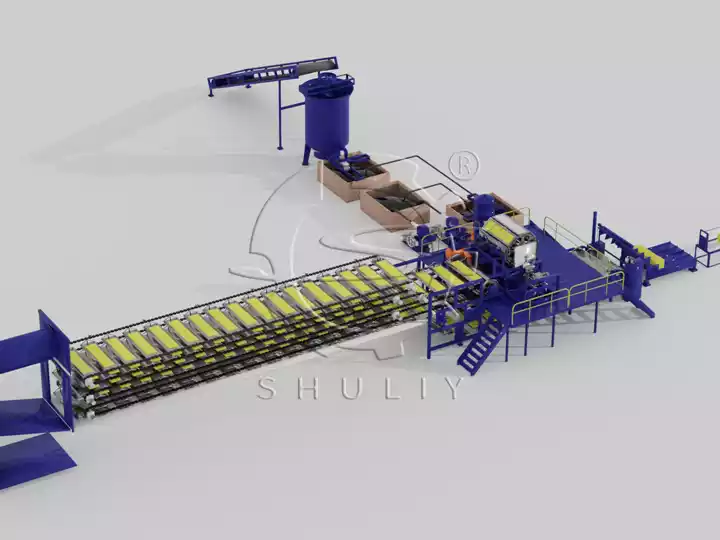
Intelligent process design for high-quality egg trays
The egg tray production line comprises four key stages: pulping, forming, drying, and packaging. It enables fully automated management from raw material input to finished product output, significantly reducing manual intervention and minimizing production errors.
- The pulping system utilizes high-efficiency pulpers and automatic concentration control devices to ensure uniform distribution of pulp fibers, enhancing the trays’ toughness and load-bearing capacity.
- The forming section utilizes high-precision aluminum alloy molds with excellent heat dissipation and dimensional stability, ensuring flat product surfaces and uniform thickness.
- The drying system—a core component—employs either hot-air circulation drying or multi-layer metal drying lines. Flexible selection based on climate conditions guarantees rapid drying without deformation.
- Integrated with automatic stacking and packaging equipment, the entire line achieves efficient, clean, and continuous operation.
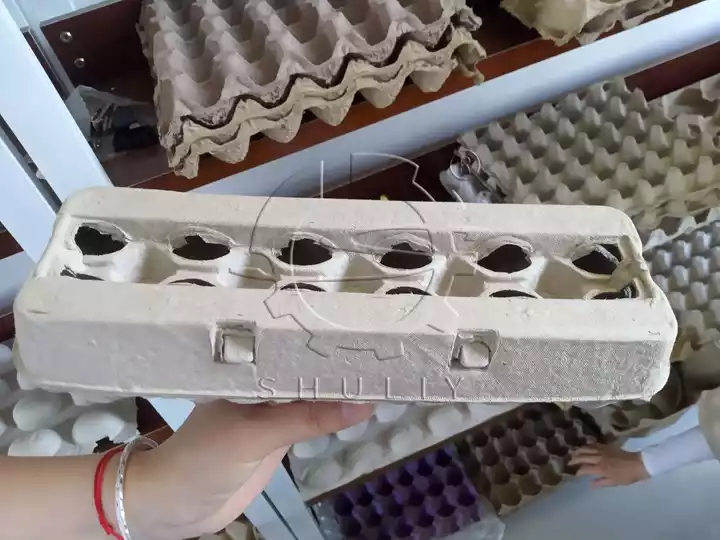
Energy-efficient egg tray production line
Equipped with energy-efficient motors, heat recovery systems, and closed-loop water circulation, the equipment significantly reduces energy consumption and emissions. Waste pulp water undergoes sedimentation treatment for recycling, achieving “zero wastewater” discharge.
Compared to traditional plastic tray production, the pulp molding process is more environmentally friendly and biodegradable, aligning with the global trend of “replacing plastic with paper” and significantly enhancing market competitiveness.
Broad market prospect analysis
The egg tray production line not only produces traditional egg trays but also enables the manufacture of diverse pulp products—including fruit trays, cup holders, medical trays, and industrial inner packaging—by simply changing molds. This multi-functional capability allows rapid expansion of product lines.
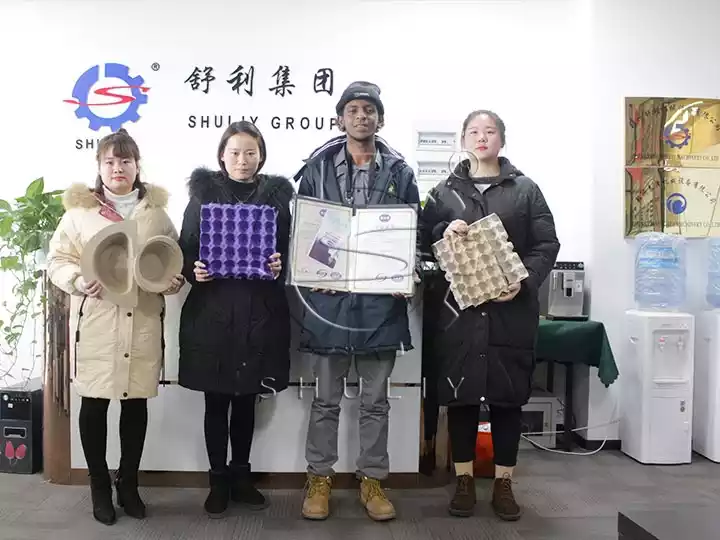
Boasting low raw material costs, high product value-added, and strong eco-friendly attributes, this equipment is highly favored by domestic and international clients. It is widely exported to regions including Asia, Africa, Europe, and South America, delivering stable and substantial economic returns for numerous small and medium-sized investors.

